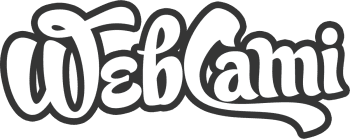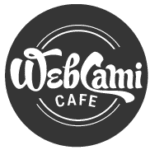Best Practices for Using Categories and Tags in WordPress

Managing a website on WordPress offers many ways to organize content, making it accessible and meaningful for visitors. Categories and tags are fundamental tools that, when used strategically, enhance not only user experience but also search engine optimization (SEO). Here’s how to leverage these features effectively, ensuring your site remains easy to manage and navigate.
The Role of Categories
Categories are the pillars of your site’s content structure. They provide a broad classification of your content, helping users quickly find information that’s relevant to their interests. However, the key to using categories effectively is restraint:
- Limit Categories for Clarity: Aim for a concise set of categories encompassing your site’s central themes. Too many categories can overwhelm visitors and dilute the focus of your content. Ideally, your site should have at most 5-10 categories.
- Broad but Relevant: Each category should be broad enough to cover a significant segment of your content but specific enough to indicate its theme clearly. Think of categories as chapters in a book; each one should tell a distinct part of your story.
Understanding Tags
Tags, however, are the subtopics that detail the specifics of your content. While categories classify the general theme, tags dive deeper, highlighting the aspects your posts or pages touch upon.
- Tags are Not Keywords: It’s a common misconception to treat tags as a dumping ground for keywords. Instead, tags should be used thoughtfully to describe the specific details of your content, aiding in its discoverability.
- Use Sparingly: Just like categories, the effectiveness of tags comes from their selective use. Over-tagging can lead to clutter and confusion, making it harder for users to find related content. Aim for a handful of relevant tags per post.
- Eliminate single-use tags: It’s wise to remove tags that only apply to one post. Tags are designed to cluster content together, and a solitary post doesn’t make a cluster. However, if you intend to expand on a topic covered by that tag, it’s a starting point.
Best Practices for Categories and Tags
A strategic approach to categories and tags can significantly improve your site’s structure and SEO. Here are some best practices:
- Consistency is Key: Be consistent in naming and applying categories and tags. This consistency helps users navigate your site and understand the structure of your content.
- Review and Revise: Your site evolves, and so should your categorization. Review your categories and tags to ensure they align with your content strategy. WordPress allows you to edit, merge, or delete categories and tags without affecting your SEO, provided you set up proper 301 redirects for any URL changes.
- Strategic Tagging: Use tags to cross-reference content across categories, but avoid creating tags that duplicate category names. This redundancy can confuse search engines and users alike.
Making Changes Without Harming SEO
Changing the structure of your categories and tags might seem daunting, especially with SEO in mind. Here are tips to ensure a smooth transition:
- Redirects: When you change a category or tag slug, set up 301 redirects from the old URL to the new one. This practice tells search engines where to find the relocated content, preserving your SEO rankings.
- Update with Care: Always test redirects and check for broken links after adjusting.
- Inform Your Users: If significant changes are made, consider informing your audience through a post or notice on your site. Transparency builds trust and helps users navigate the changes.
By adhering to these best practices, you can create a site that’s not only user-friendly but also favored by search engines. Remember, the goal is to make information on your website easily discoverable and engaging for your visitors, fostering a better connection between your content and your audience.
Does your blog’s organization need a bit of care and attention? Reach out, and let’s craft a plan to whip your blog’s categories and tags into perfect shape!

